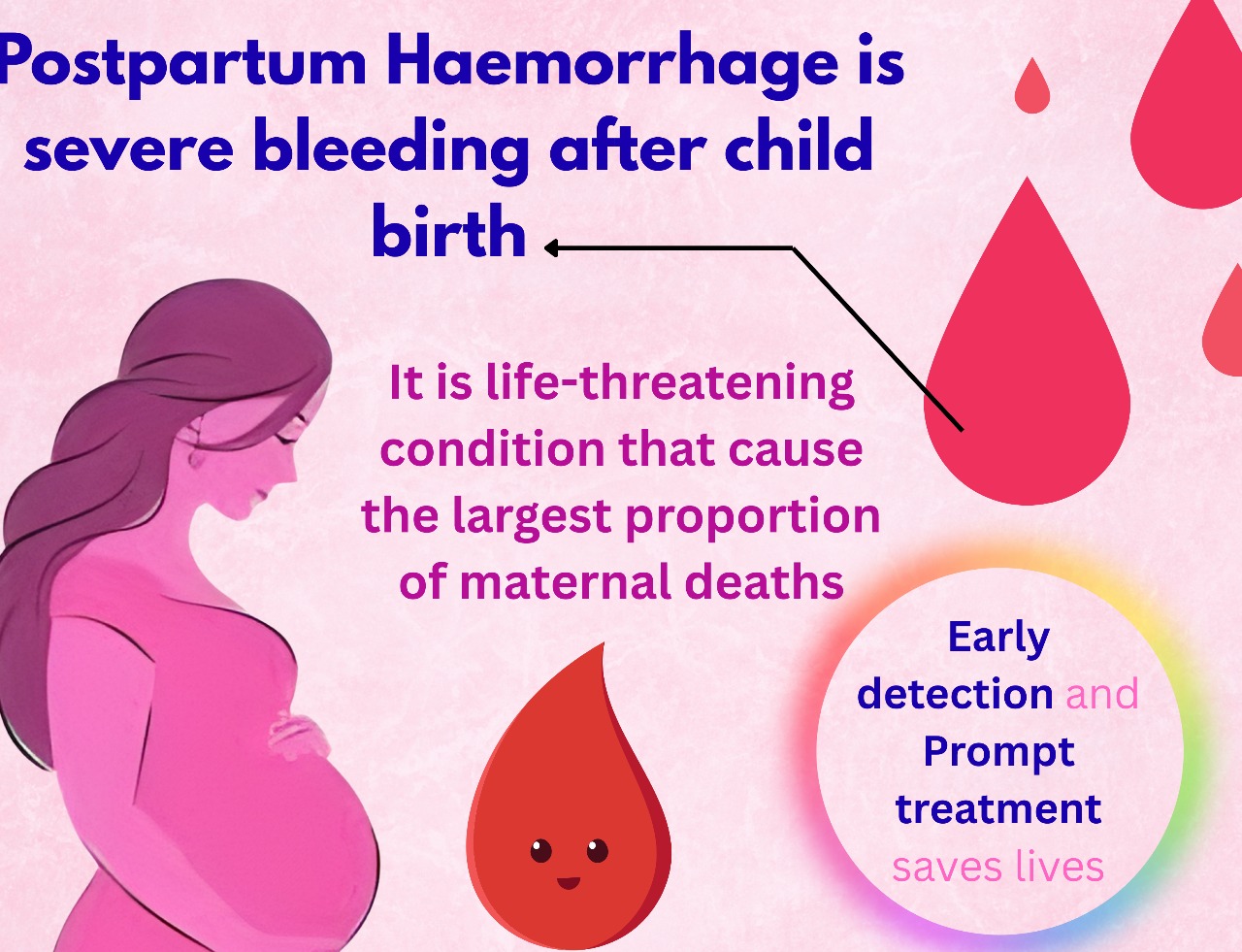Sustainable development is a multifaceted concept that calls for the responsible management of resources to meet present needs without compromising the ability of future generations to meet their own needs. This comprehensive guide explores sustainable development, its principles, goals, challenges, and examples to understand its significance in addressing global environmental and social challenges.
Understanding Sustainable Development
- Sustainable development is a holistic approach that seeks to balance economic growth, social equity, and environmental protection.
- It recognizes the interdependence of economic, social, and environmental systems, emphasizing the need for integrated solutions.
- Sustainable development aims to ensure that progress today does not come at the expense of the well-being of future generations.
Principles of Sustainable Development
- Interdependence: Acknowledging that economic, social, and environmental factors are interconnected and mutually influence one another.
- Equity: Promoting fairness in the distribution of benefits and burdens, both within and between generations.
- Sustainability: Ensuring that resources are used in a way that preserves their availability for future generations.
- Participation: Involving diverse stakeholders, including communities, governments, businesses, and civil society, in decision-making processes.
- Precaution: Adopting a cautious approach when scientific knowledge is uncertain, to prevent potential harm.
- Integration: Integrating economic, social, and environmental considerations into policies and practices.
Theories in Sustainable Development: Navigating the Path to a Better Future
Sustainable development is a complex and multifaceted concept that requires theoretical frameworks to guide its understanding and implementation. These theories offer insights into the principles, strategies, and challenges of achieving sustainability. In this guide, we explore several prominent theories in sustainable development:
1. The Triple Bottom Line (TBL) Theory
- Principle: The TBL theory asserts that sustainable development should focus on three key dimensions: economic, social, and environmental. These are often referred to as the “three Ps” – profit, people, and planet.
- Application: Organizations and policymakers use the TBL framework to assess their performance and decision-making, considering not only economic profits but also social and environmental impacts.
2. The Ecological Modernization Theory
- Principle: Ecological modernization proposes that societies can transition to sustainability by embracing environmentally friendly technologies and practices within a capitalist economic system. It suggests that environmental protection can be profitable.
- Application: This theory guides policies that promote eco-friendly innovations, green industries, and sustainable consumption patterns.
3. The Weak vs. Strong Sustainability Debate
- Principle: This debate revolves around the question of whether natural and human-made capital are interchangeable (weak sustainability) or if natural capital is irreplaceable (strong sustainability).
- Application: Policymakers consider this debate when making decisions about resource use, conservation, and development. It has implications for policies on biodiversity, natural resource management, and pollution control.
4. The Resilience Theory
- Principle: Resilience theory focuses on building the capacity of ecosystems and communities to withstand and recover from shocks and disturbances. It emphasizes adaptability and learning.
- Application: This theory guides strategies for climate adaptation, disaster risk reduction, and sustainable ecosystem management.
5. The Doughnut Economics Model
- Principle: Developed by economist Kate Raworth, the doughnut economics model envisions a “safe and just space for humanity” by balancing the need to meet basic human needs while respecting planetary boundaries.
- Application: The model encourages policymakers and businesses to operate within the “doughnut,” avoiding both social deprivation and ecological overshoot.
6. The Commons Theory
- Principle: The commons theory focuses on the management of shared resources (the commons) and advocates for collective action, governance, and stewardship to prevent overuse and depletion.
- Application: This theory informs policies related to common-pool resources such as fisheries, forests, and water systems.
7. The Transitions Theory
- Principle: Transition theory explores the processes of societal change toward sustainability. It recognizes that transitions involve shifts in technological, economic, social, and cultural domains.
- Application: Policymakers and researchers use transition theory to design strategies and interventions that facilitate the transition to a sustainable society.
8. The Donut Economics Model
- Principle: Economist Kate Raworth’s Donut Economics model proposes an economic framework that combines the concepts of social foundations (meeting basic human needs) with planetary boundaries (environmental sustainability).
- Application: The Donut Economics model provides a holistic perspective for economic policies and practices that promote well-being within planetary boundaries.
Key Takeaways
- These theories in sustainable development provide valuable frameworks for understanding, planning, and implementing sustainability initiatives.
- They address various dimensions of sustainability, from ecological conservation to social equity and economic viability.
- The choice and application of these theories depend on the specific context and goals of sustainable development efforts.
By incorporating these theories into decision-making processes, policymakers, businesses, and communities can work toward a more sustainable and equitable future, where the well-being of both people and the planet is prioritized.
Sustainable Development Goals (SDGs)
- The United Nations has adopted 17 Sustainable Development Goals as part of the 2030 Agenda for Sustainable Development.
- These goals address a wide range of global challenges, including poverty, hunger, health, education, clean water, climate action, and partnerships for the goals.
- The SDGs provide a roadmap for countries and organizations to work collectively towards a more sustainable and equitable world.
Challenges to Sustainable Development
- Climate Change: Mitigating and adapting to climate change is a critical challenge that requires reducing greenhouse gas emissions and building resilience.
- Resource Depletion: Sustainable management of finite resources, such as water, minerals, and energy, is essential.
- Biodiversity Loss: Protecting and conserving biodiversity is vital for ecosystem stability and human well-being.
- Inequality: Addressing social and economic inequalities within and among countries is a key aspect of sustainable development.
- Global Cooperation: Achieving sustainable development requires international cooperation and partnerships.
Examples of Sustainable Development
- Renewable Energy Transition: Countries like Germany and Denmark have made significant investments in renewable energy sources like wind and solar power, reducing reliance on fossil fuels.
- Circular Economy: Companies like Patagonia and Unilever are adopting circular economy principles to reduce waste and promote recycling and reuse.
- Urban Planning: Cities like Copenhagen and Singapore prioritize sustainable urban planning, incorporating green spaces, public transportation, and energy-efficient buildings.
Global Initiatives for Sustainable Development
- Paris Agreement: An international accord aimed at limiting global warming to well below 2 degrees Celsius above pre-industrial levels.
- Convention on Biological Diversity: An agreement to protect biodiversity and promote sustainable use of natural resources.
Indian Economy and Sustainable Development: A Comprehensive Exploration
India, as a rapidly developing nation, faces the dual challenge of achieving economic growth while ensuring sustainability and social equity. Over the years, it has adopted various economic plans and models of development to navigate this complex terrain. Let’s delve into these strategies with a touch of emojis:
1. Five-Year Plans
- Objective: To promote economic growth, reduce poverty, and attain self-reliance.
- Emphasis: Sectoral development, infrastructure, and social welfare.
- Successes: Significant progress in agriculture, industry, and education.
- Challenges: Income inequality, regional disparities, and environmental degradation.
2. Sustainable Development Goals (SDGs)
- Objective: Aligned with global SDGs, India aims to address poverty, inequality, clean energy, and environmental sustainability.
- Emphasis: Inclusive growth, clean energy, and environmental conservation.
- Progress: Improving access to clean energy, sanitation, and health services.
- Challenges: Balancing economic growth with environmental preservation.
3. Make in India
- Objective: To boost manufacturing and job creation while promoting sustainable industrialization.
- Emphasis: Attracting foreign investments, improving infrastructure, and easing business regulations.
- Impact: Fostering industrial growth and export competitiveness.
- Challenges: Balancing industrialization with environmental concerns.
4. Swachh Bharat Abhiyan
- Objective: Achieving universal sanitation and cleanliness.
- Emphasis: Building toilets, waste management, and changing behavior.
- Successes: Significant improvement in rural sanitation coverage.
- Challenges: Sustaining behavioral change and ensuring waste management.
5. National Solar Mission
- Objective: Promoting solar energy for clean and sustainable power generation.
- Emphasis: Expanding solar capacity, reducing costs, and promoting research.
- Successes: Rapid growth in solar capacity and reduced solar tariffs.
- Challenges: Grid integration and storage infrastructure.
6. Atmanirbhar Bharat (Self-Reliant India)
- Objective: Enhancing self-reliance in key sectors while fostering innovation and sustainability.
- Emphasis: Promoting domestic manufacturing, research, and development.
- Progress: Initiatives in electronics manufacturing, healthcare, and agriculture.
- Challenges: Ensuring sustainability while protecting domestic industries.
7. Green India Mission
- Objective: Conserving and enhancing India’s forest and biodiversity.
- Emphasis: Afforestation, habitat restoration, and wildlife conservation.
- Successes: Increased forest and tree cover.
- Challenges: Balancing development with conservation goals.
8. Digital India
- Objective: Promoting digital infrastructure, access, and governance.
- Emphasis: Expanding internet connectivity, e-governance, and digital services.
- Progress: Improved digital access and delivery of government services.
- Challenges: Bridging the digital divide and ensuring data privacy.
9. Pradhan Mantri Awas Yojana (PMAY)
- Objective: Providing affordable housing for all.
- Emphasis: Housing for economically weaker sections, slum redevelopment, and urban housing.
- Progress: Construction of affordable housing units across India.
- Challenges: Ensuring sustainable urban development.
10. Mahatma Gandhi National Rural Employment Guarantee Act (NREGA)
- Objective: Guaranteeing 100 days of employment per year to rural households.
- Emphasis: Providing livelihood support and promoting rural development.
- Successes: Income generation and rural development.
- Challenges: Efficient implementation and preventing leakages.
India’s journey toward sustainable development involves a dynamic blend of economic plans and development models. Balancing economic growth with environmental conservation and social equity remains a formidable challenge. However, these initiatives demonstrate India’s commitment to achieving a harmonious and sustainable future for its people and the planet.
Key Takeaways
- Sustainable development seeks to balance economic growth, social equity, and environmental protection.
- Its principles include interdependence, equity, sustainability, participation, precaution, and integration.
- The SDGs provide a framework for addressing global challenges and advancing sustainable development.
- Challenges include climate change, resource depletion, biodiversity loss, inequality, and the need for global cooperation.
- Sustainable development examples showcase innovative approaches to environmental and social challenges.
Sustainable development is a collective responsibility that transcends borders and generations. It calls for collaborative efforts from governments, businesses, civil society, and individuals to create a world where prosperity coexists with environmental stewardship and social equity.



